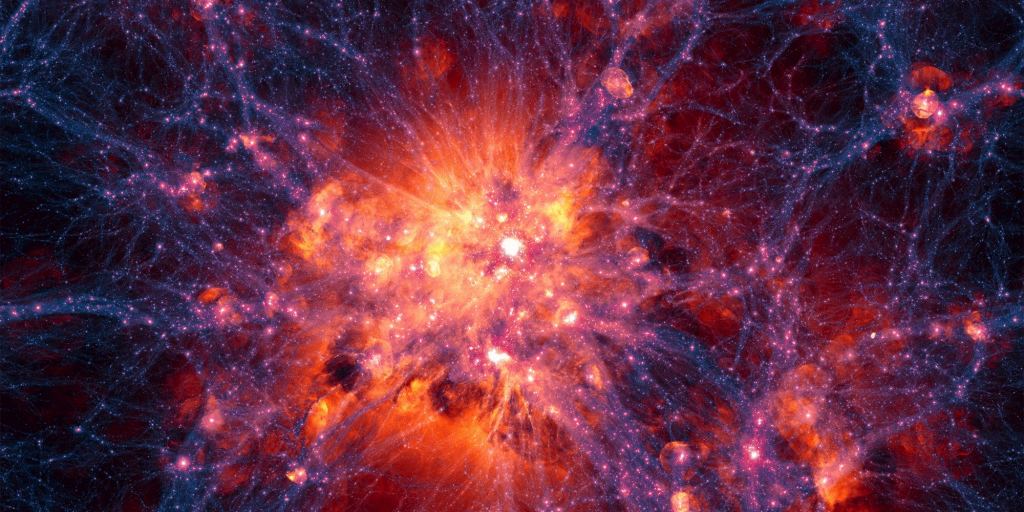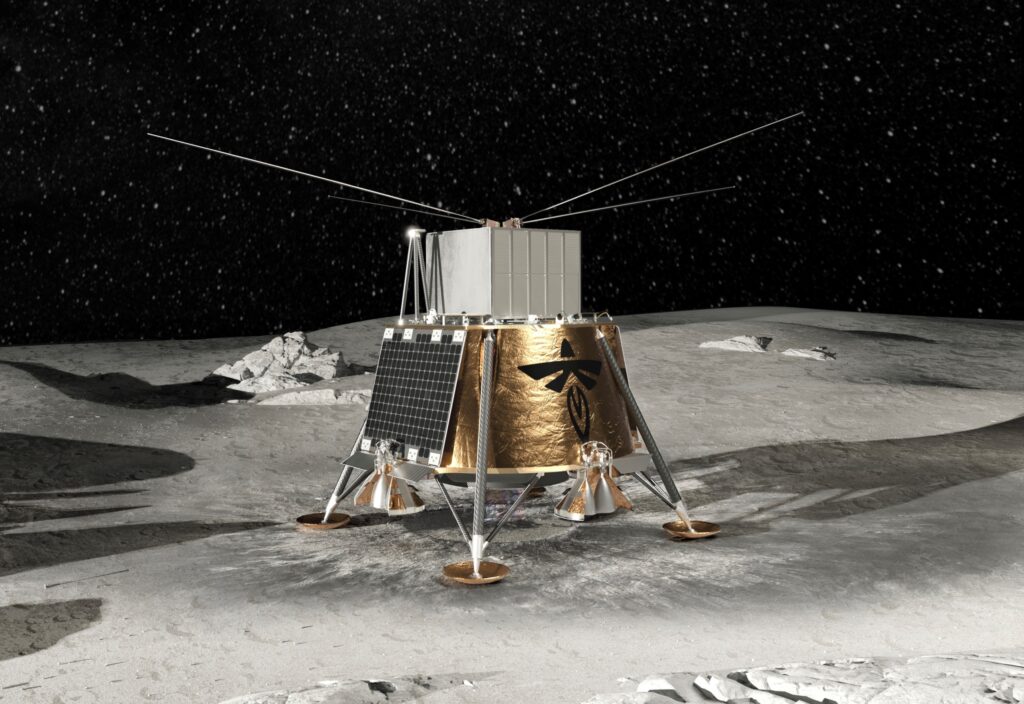The Moon will be a popular destination for space programs worldwide in the coming years. By 2025, NASA’s Artemis III mission will land the first astronauts (“the first woman and first person of color”) onto the lunar surface for the first time since the end of the Apollo Era, over fifty years ago. They will be joined by multiple space agencies, as per the Artemis Accords, that will send European, Canadian, Japanese, and astronauts of other nationalities to the lunar surface. These will be followed in short order by taikonauts (China), cosmonauts (Russia), and vyomanauts (India), who will conduct similarly lucrative research and exploration.
Having facilities in orbit of the Moon, like the Artemis Base Camp, the International Lunar Research Station, and others, will enable all manner of scientific research that is not possible on Earth or in Earth orbit. This includes radio astronomy, which would be free of terrestrial interference on the far side of the Moon and sensitive enough to detect light from previously unexplored cosmological periods. This is the purpose of a pathfinder project known as the Lunar Surface Electromagnetics Experiment-Night (LuSEE-Night) that will leave for the Moon next year and spend the next 18 months listening to the cosmos!
For a long time, astronomers have been unable to study one of the earliest periods in cosmic evolution, known as the “Dark Ages” of the Universe. This corresponds to a period that began roughly 380,000 years after the Big Bang, where the Universe was filled with the neutral hydrogen from which the first stars and galaxies began to form. Over time, the first stars (Population III) formed into galaxies, and their radiation gradually ionized the neutral hydrogen, leading to the period known as Cosmic Dawn (or the Epoch of Reionization) roughly one billion years after the Big Bang.

This led to the Universe becoming transparent to light and, hence, visible to our instruments today. But seeing as how the first stars and galaxies formed during the Dark Ages, astronomers have been keen to look at this period so they can track the evolution of cosmic structures from the beginning. Unfortunately, the only sources of light during this time were the relic radiation left over from the Big Bang, visible today as the Cosmic Microwave Background (CMB), and photons released as the first neutral hydrogen atoms formed and settled into stable states (aka. recombination and decoupling).
This light is only visible today as the spectral line created by a change in the energy state of neutral hydrogen, alternately known as the 21-cm line or “hydrogen line.” This line cannot be measured from Earth because the atmosphere absorbs, refracts, and reflects these radio signals before ground-based instruments can detect them. Moreover, any radio signals traveling this far through space (and time) would be drowned out by radio interference caused by our terrestrial sources – electronic devices, broadcast towers, communication satellites, etc.
However, the Moon has a decided advantage since it acts as a shield, blocking out radio waves coming from Earth. But on the far side of the Moon, conditions are “radio quiet” and free of interference from terrestrial sources, which would allow sensitive radio antennas to detect radiation from this ancient epoch. Last, but not least, radio antennas would be able to gather data during lunar nights (which last for two weeks), when radio waves from the Sun would not also cause interference. With several missions to the Moon expected in the coming years, multiple proposals have been made for building lunar radio observatories.
As Kaja Rotermund, a postdoctoral researcher at Berkeley Lab working on the antenna, said in a recent Berkeley Lab press release:
“If you’re on the far side of the Moon, you have a pristine, radio-quiet environment from which you can try to detect this signal from the Dark Ages. LuSEE-Night is a mission showing whether we can make these kinds of observations from a location that we’ve never been in, and also for a frequency range that we’ve never been able to observe.”
The LuSEE-Night project is a collaboration between NASA and the Department of Energy (DoE), with partners from the Lawrence Berkeley National Laboratory (Berkeley Lab), the Brookhaven National Laboratory, UC Berkeley, and the University of Minnesota. The Berkeley Lab team is currently building the experiment’s antenna that will listen to space for radiowaves emanating from the Dark Ages. The experiment is scheduled to launch for the Moon by 2025, where it will test technology in the lunar environment.
While lunar radio observatories will have many advantages over Earth-based facilities, they will also face significant challenges due to the extreme conditions. Among these are the extreme temperatures between day and night around the Moon’s southern polar region, which last for two weeks straight. During a lunar day, temperatures can reach as high as 120 °C (250 °F) before plunging to a low of -173 °C (-280 °F) at night. Since the far side of the Moon never faces toward Earth, direct communication is impossible, which means all data must be sent through a relay satellite. Said Aritoki Suzuki, who leads the antenna project for Berkeley Lab:
“The engineering to land a scientific instrument on the far side of the moon alone is a huge accomplishment. If we can demonstrate that this is possible – that we can get there, deploy, and survive the night – that can open up the field for the community and future experiments.”
To collect radio waves from the ancient Universe, LuSEE-Night will rely on two pairs of antennas that measure six meters (~20 ft) from tip to tip. The antennas are designed to be coiled up to fit inside a payload fairing measuring just one meter (3.3 ft) on all sides. Once it is on the lunar surface, LuSEE-Night will use a spring-loaded “stacer” to uncoil it into position. To prepare the system for transport, the Berkeley Lab team began with simulations and models, then developed a 1/100 scale model of the experiment and tested it on the rooftop of one of the Lab’s buildings.
The Berkeley Lab team is also building a turntable that will periodically rotate the antennas to correct for radio noise from other planets, galaxies, and even variations caused by lunar regolith beneath the experiment. The team completed a technical review this summer and is now working with the UC Berkeley Space Science Laboratory to build the flight model that will head to the Moon. They hope to have the antenna subsystem finished by January 2024 and integrated with its other components. The completed experiment will be launched in 2025 by Firefly Aerospace as part of NASA’s Commercial Lunar Payload Services (CLPS) program.
Further Reading: Berkeley Lab

